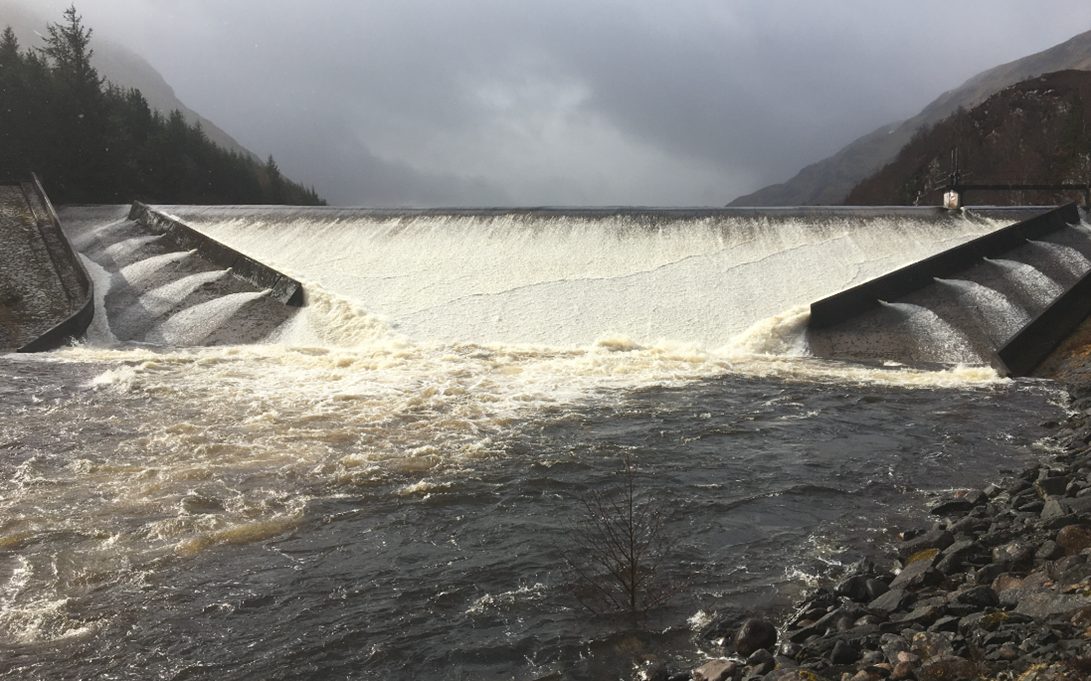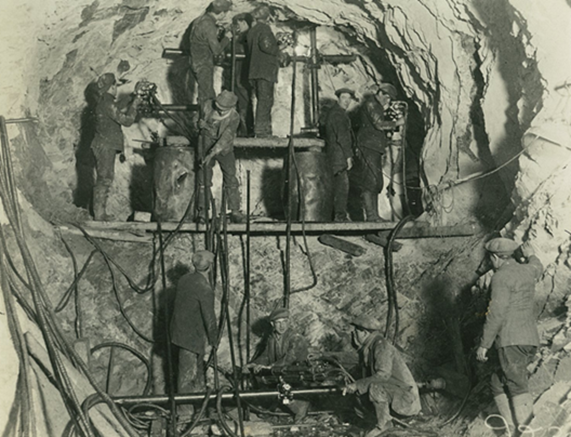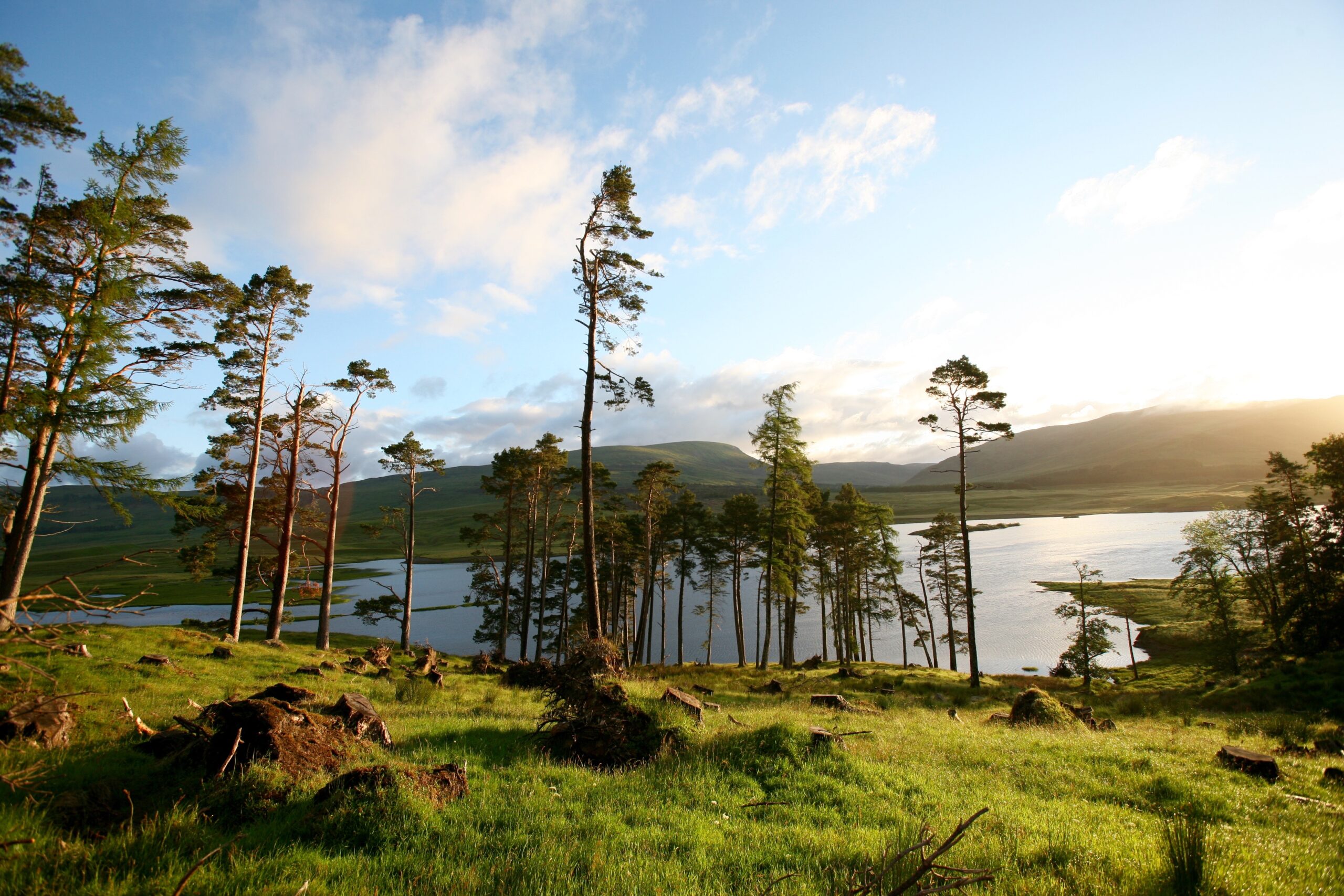Lochaber Power & Hydro Scheme
What we do
Lochaber Power & Hydro provides an abundant source of renewable hydroelectric power to ALVANCE British Aluminium’s smelter in Lochaber and is an integral part of the sustainable and biodiverse landholding managed by JAHAMA Highland Estates. Lochaber Power & Hydro’s renewable energy also helps to maintain security and stability of the power supply to regional communities through the National Grid.
The power station has been in almost continuous operation since its construction in 1927. The original scheme involved the construction of a 15-mile-long (21 km) tunnel through the western end of the Grampian mountains together with 11 vertical shafts to collect water from burns and rivers that pass over the route. At the eastern end the tunnel enters Loch Treig and at the western end, beneath Ben Nevis at Fort William in Lochaber it feeds the power station that supplies our aluminium smelter.
The area is amongst the highest rainfall regions of Scotland which with its abundant supply of water made it ideal for a large hydroelectric scheme.
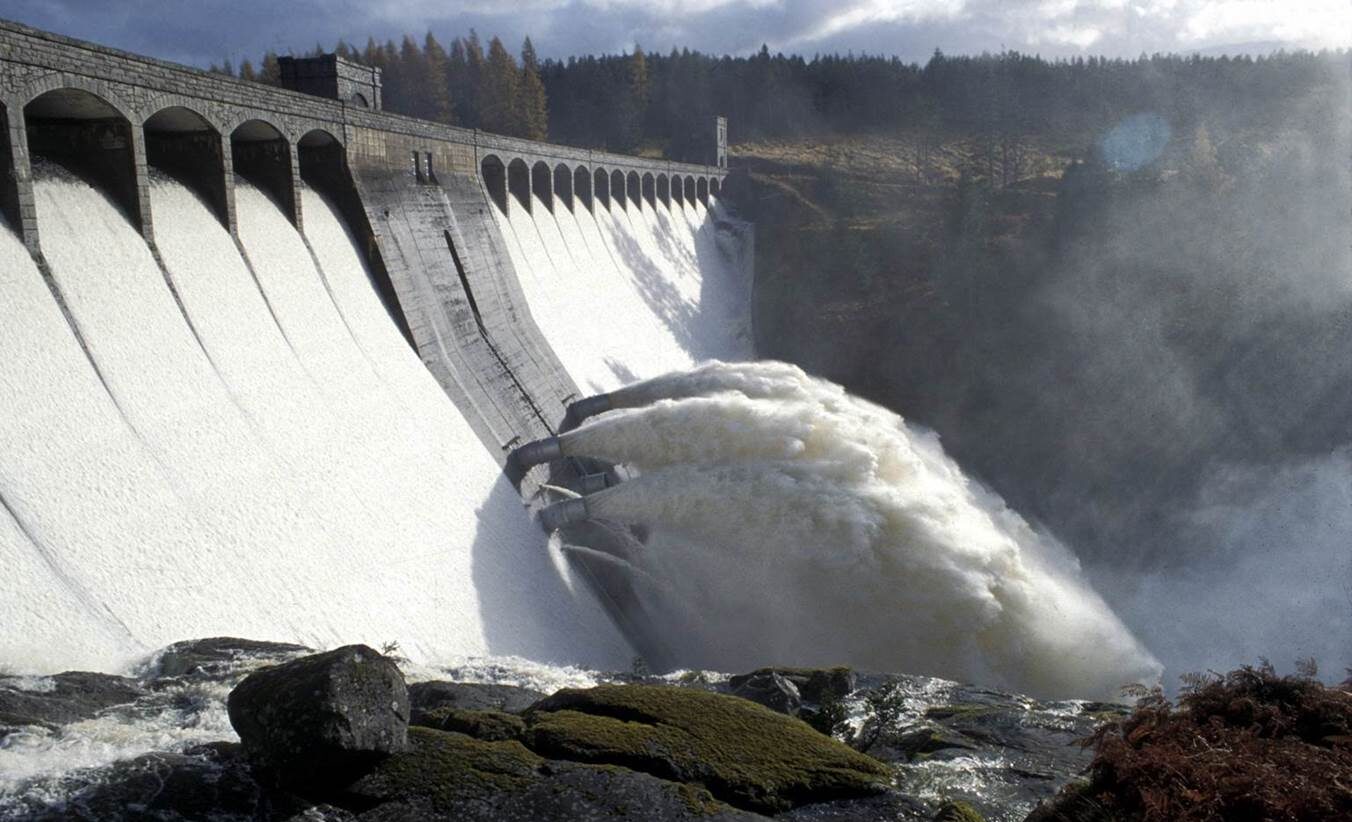
The Lochaber Power Scheme

Our capacity & capability
The total storage capacity of the scheme is 253 million cubic meters (MCM) – Treig reservoir has a capacity of 208 MCM, Laggan 40 MCM and Spey 5 MCM.
The station’s available output of the station is 84MW with an average generation of around 67MW. With its maximum output the station uses 45,000 litres per second. At this flow an Olympic standard swimming pool could be filled in 55 seconds.
The company landholdings have water rights that provide a catchment of around 780 km2. As well as the storage capacity of the reservoirs, the side streams also provide water and during periods of high rainfall the station can run at full load from the side stream intakes and also back feed water into Loch Treig.
Our services
The Power Station supplies our aluminium smelter with DC power, converted from AC to DC through Rectifier units. Additional AC power generated, is exported to the national grid through power sales. The station provides three important additional grid support services.
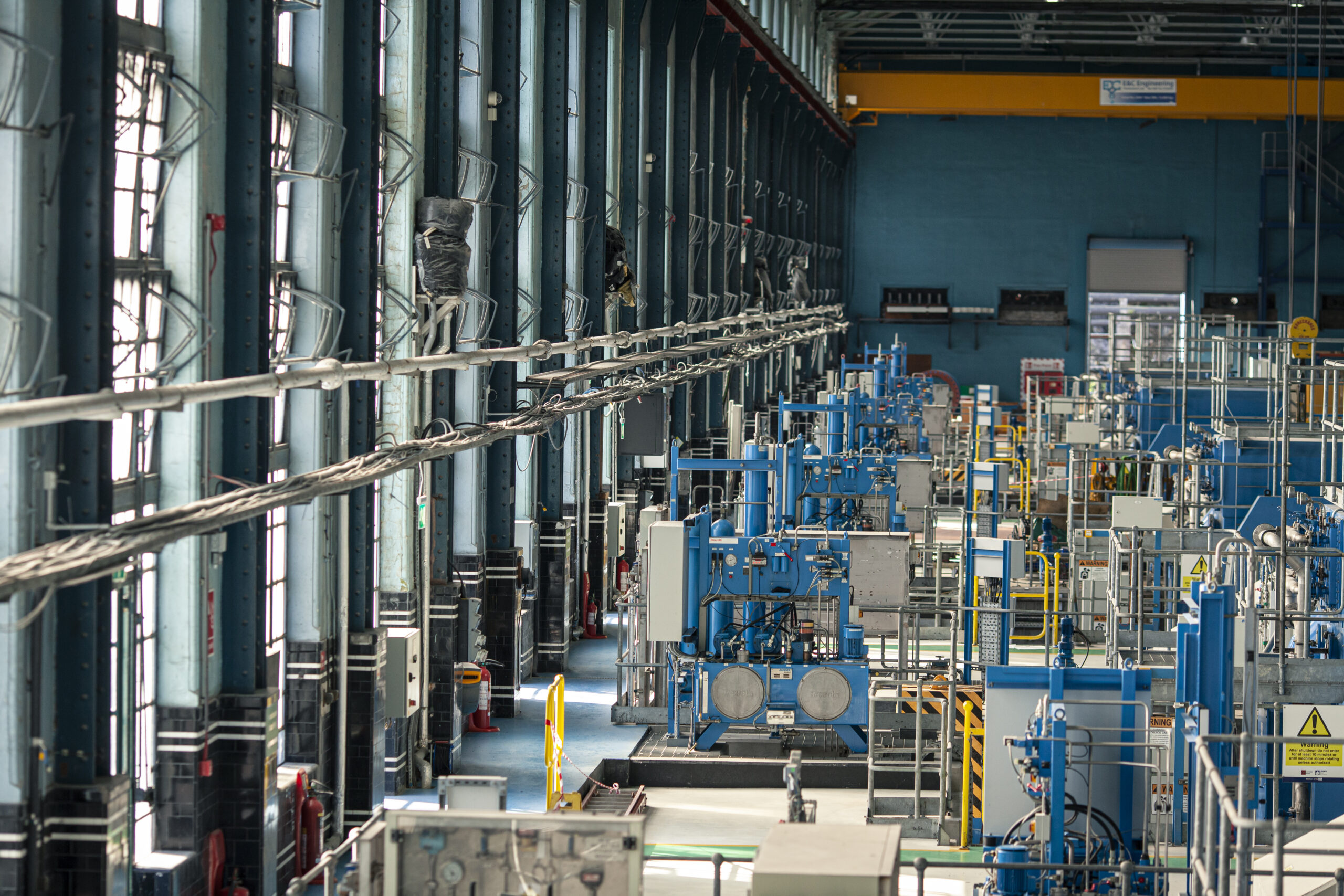
Renewable energy balancing
The site participates in the grid renewable energy (wind and solar) balancing service. When there is excess capacity on the grid the station cuts back on its generation to allow the smelter to provide load to absorb the excess power.
Low Frequency Response
This occurs when the grid generation is struggling to meet demand. As the Grid frequency drops below 50Hz the station will automatically trip at a pre-determined value and cut power to the smelter process for 30 minutes. All generation is sent to the grid to help stabilise the frequency and prevent a trip on the grid which would potentially black out a large swathe of the area.
High Frequency Response
This is the opposite of low frequency response and occurs when the grid generation suddenly exceeds demand. When this occurs, the frequency rises above 50Hz and at a pre-determined value, the site trips some of its generation and the Smelter imports power from the grid to help absorb excess power.
Spey Dam Fish Pass Lighting system
A unique lighting system has been developed within the pass to emulate light levels in the natural environment. The pass design is being modified to ease fish movements and specialist catch and release systems have been designed to enable the number of fish passing up and down to be monitored and tracked.
Specialist inspection techniques have been used to scan the fish pass whilst in operation, providing a 3D model of the lining to be made and regular measurements of the head loss enable us to monitor the condition of the tunnel. Regular and independent inspections of the reservoirs enable us to provide a safe and secure water system.
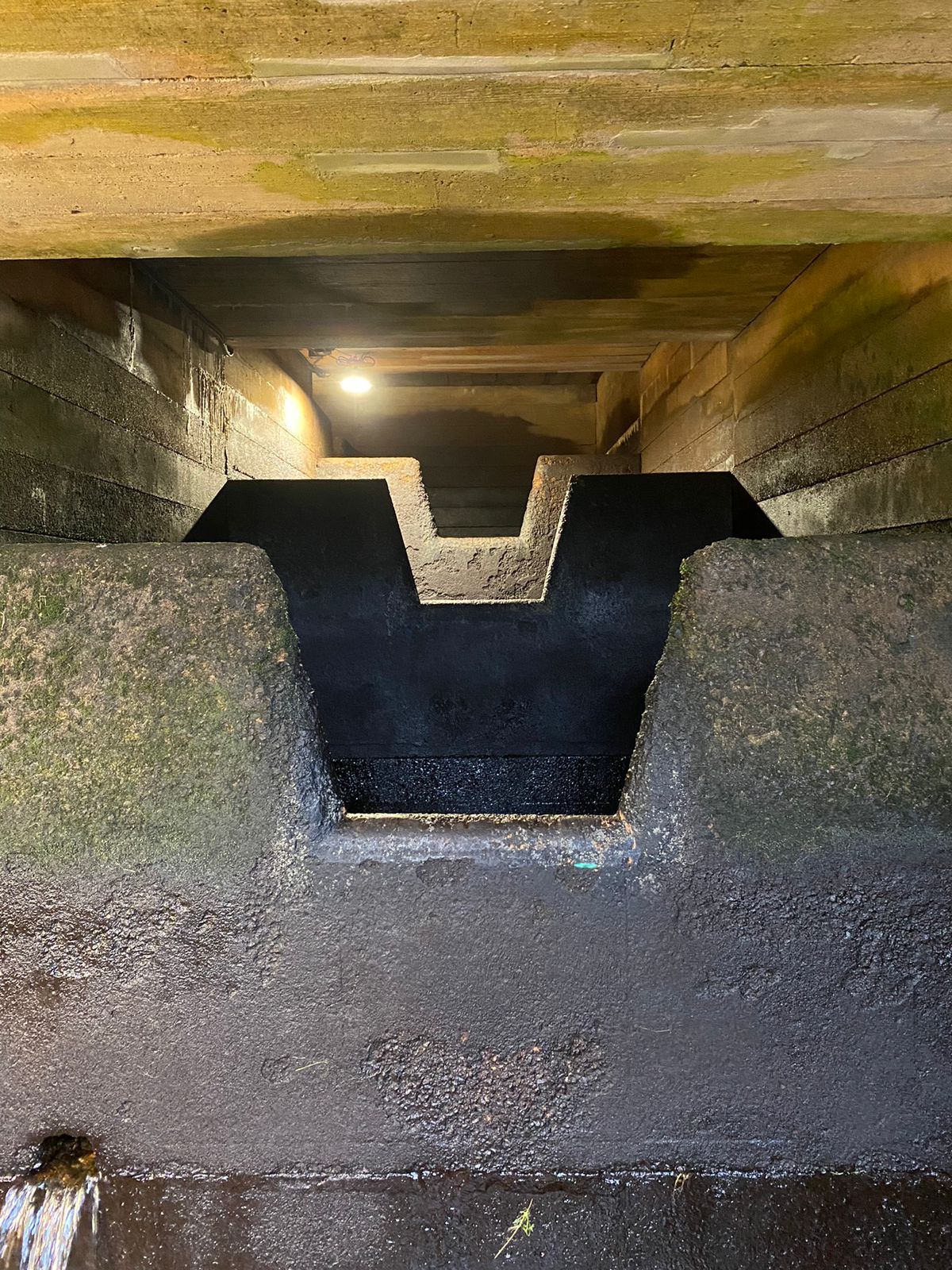
History
The Lochaber Power & Hydro scheme construction started in 1927 and went through several stages up to 1945. The first renewable power was generated in 1929 and it has been providing green renewable energy virtually uninterrupted since then and will continue to do so for many years to come.
The original plan maximised available water from as far East as the upper reaches of the river Spey. In the early 1930s work was started on increasing the storage capacity of Loch Treig with the construction of a dam to raise the top water level by around 10 metres. A large dam was constructed across the River Spean to make a new reservoir to the west of Loch Laggan and to raise its maximum level. This was connected to Loch Treig by a tunnel which also incorporated three further intakes to enable additional water to be drawn from rivers that crossed. At the same time the power station was increased in capacity by an additional five generator sets and a further AC generator. The smelter capacity was expanded with the construction of a second potline.
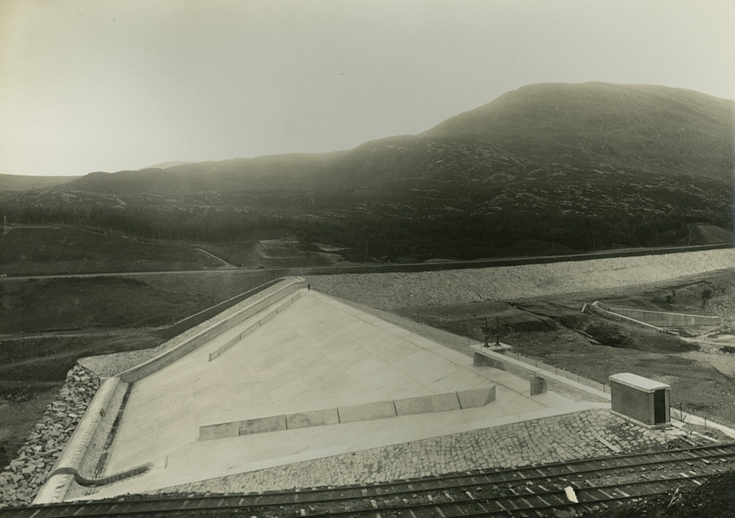
During World War II when the demand for aluminium was critical the British Government in conjunction with the Lochaber Power Company implemented the third and final phase of the scheme. A dam was constructed across the Spey and a third tunnel built to connect it to Loch Laggan. Despite this being initiated during the critical war years the importance of the river Spey as an important Atlantic salmon river was not ignored and a fish pass with provision for compensation flow release was incorporated in the dam together with a fish heck to prevent the unintentional transfer of salmon through to the west. At the same time two further generators and a third potline were installed.
